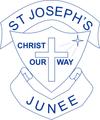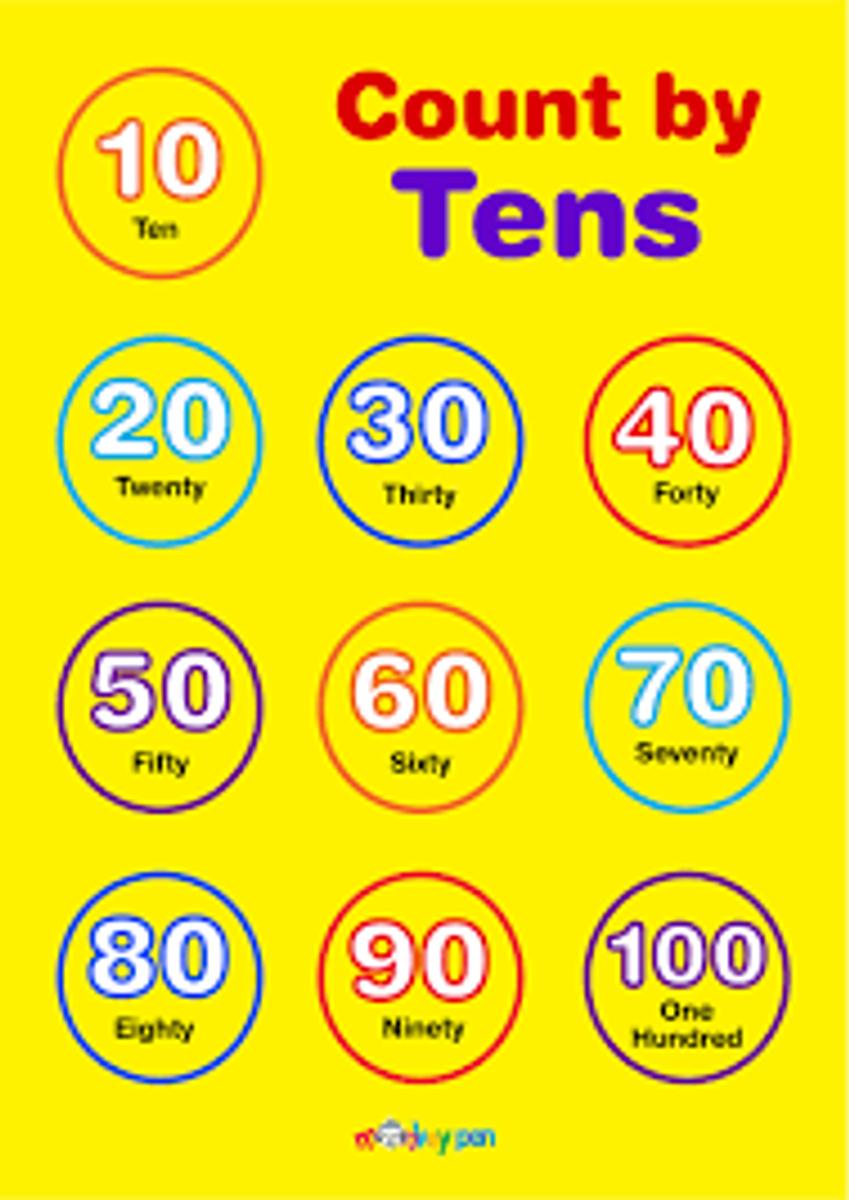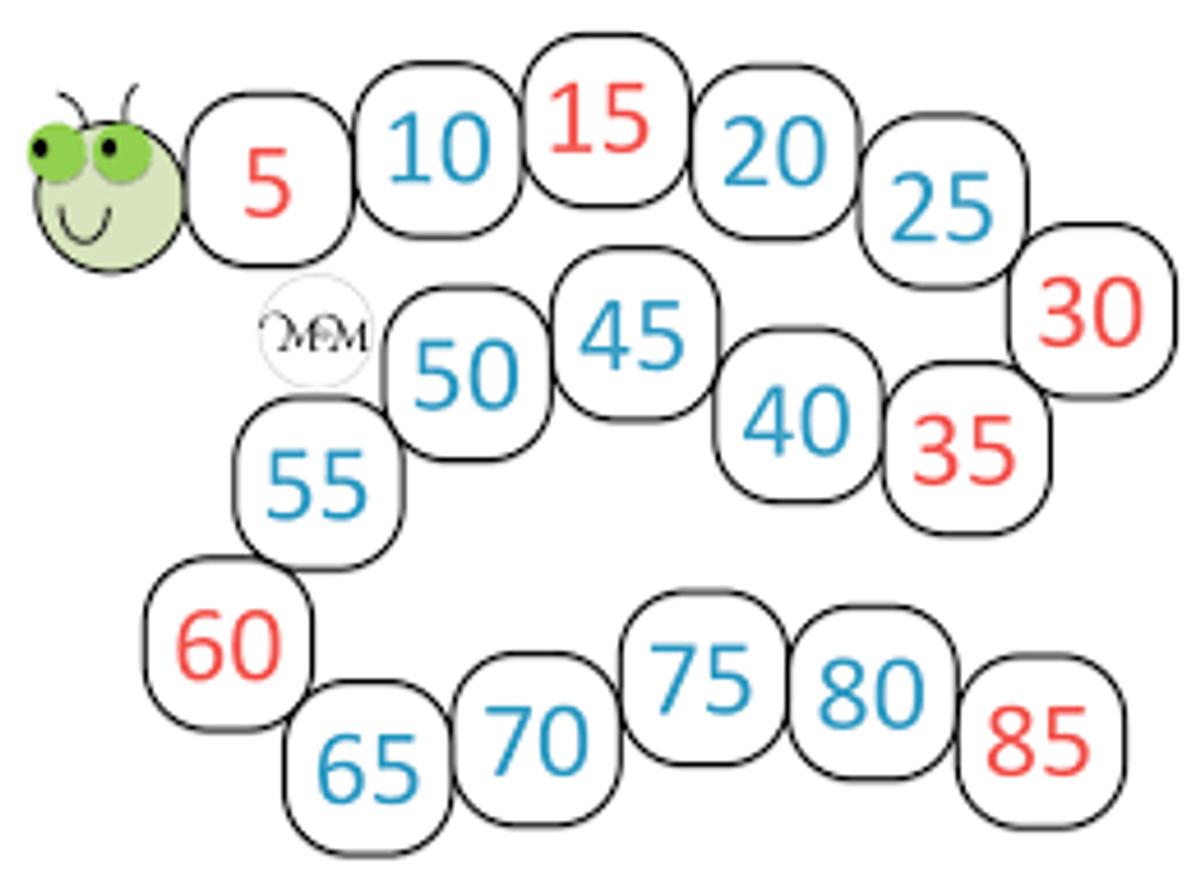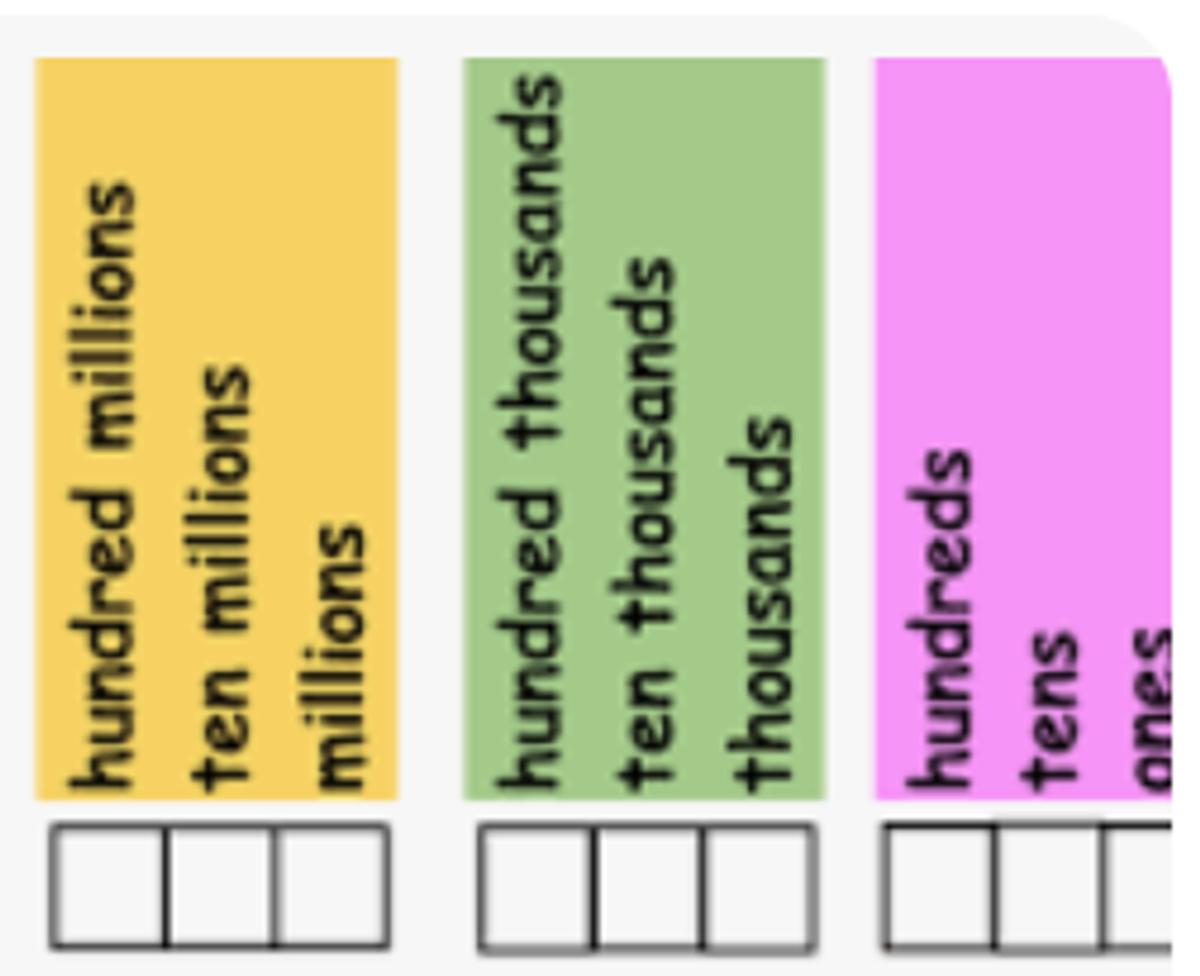Maths Assessment Interviews

Thank you to all parents and carers for making time to bring your children in for the Maths Assessment Interviews before the beginning of the school year. This is a valuable opportunity for your child/ren’s teacher to begin to get to know your child and gather relevant information about their progress in Mathematics.
What do we do with them now?
After all the Maths Assessment Interviews (MAI) have been conducted the classroom teachers and the Maths Instructional Teacher, Cate Munn collate and analyse the answers provided by your child and interpret these results at an individual student level, a year group level and a whole school level.
How do we do this?
- Creating A Class Data Chart
We collate the data from the MAIs on a Maths Data Chart. Featured on the Class Data Chart are those students who are at benchmark or exceeding the benchmark for their year level and red flagging any vulnerable students. This allows us to continue to monitor student progress to ensure that they continue to develop their mathematical knowledge.
- Developing a Class Spiral of Inquiry
- During Professional Learning Team Sessions, teachers identify any areas of strength and areas of concern to set goals for the class group and individual students. As a collective group of teachers we engage in professional learning, develop strategies and success criteria for the teachers to implement over the next few weeks that will allow students to move from where they are to achieving their future learning focus.
These practices have been proven to make a visible difference in developing consistent, high-quality classroom practice, leading to prevention, intervention and Intention.
(Lyn Sharratt, Three Remarkable System and School Improvement Practices. 2020)
Ways you can help your child become a better mathematician at home:
Count by tens, fives and twos:
Talk about read age appropriate large numbers:
Count money and work out change:
Read numbers on a number line or tape measure:
Arrange collections in groups or rows to find out how many:
Estimate how many objects:
Think multiplicatively -
How many people are on the beach if there are 3 people under each umbrella?
If you wish to discuss any of the above, please contact our office.
Kind regards,
Cate Munn
Assistant Principal & Maths Instructional Teacher








